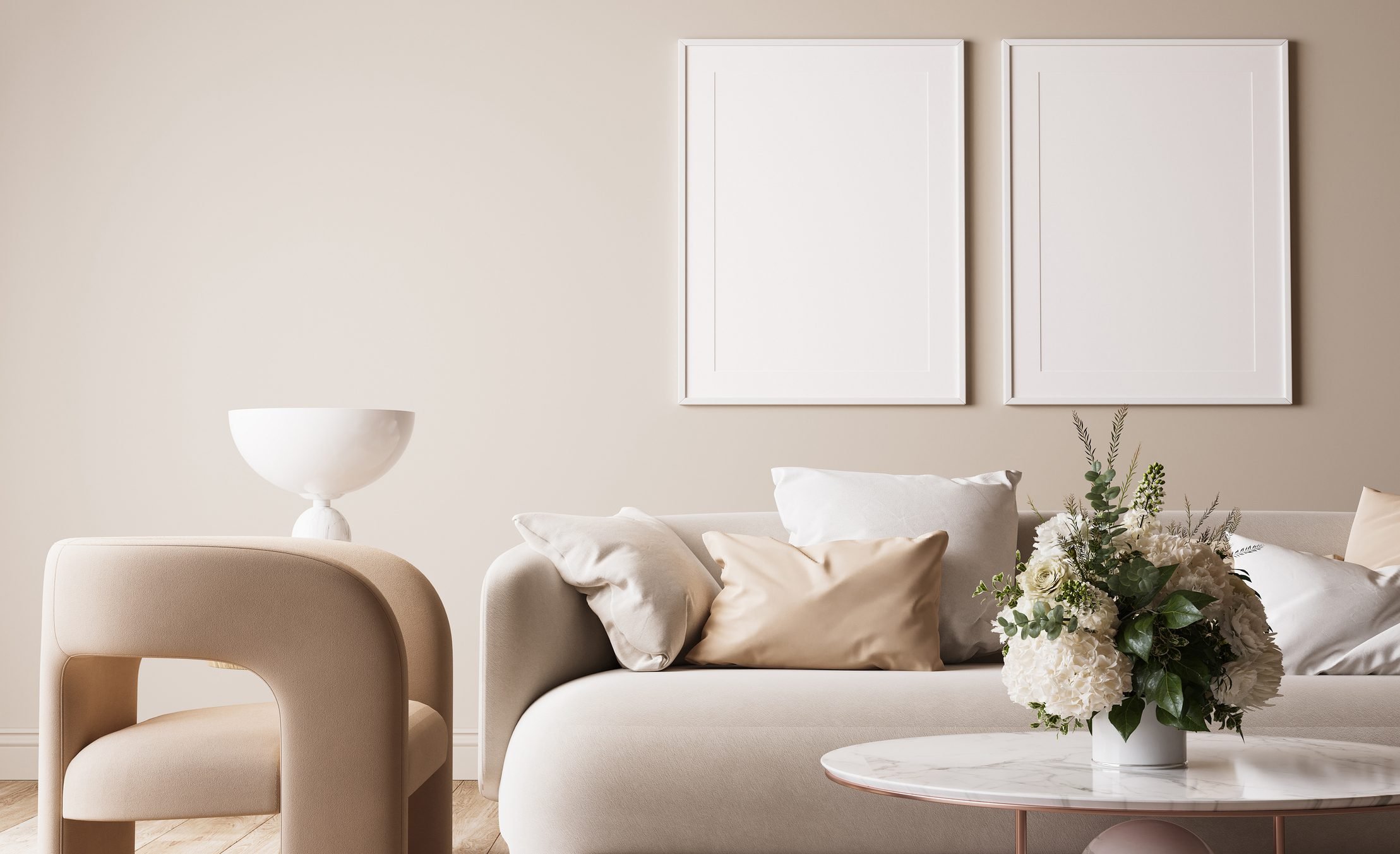Discover the fundamental prinicples of warm minimalism and how you can implement it in your home.

What Is Warm Minimalism? Everything to Know About This Trend

Minimalist design can get a bad rap for being cold or clinical, but warm minimalism is here to shake things up and reveal just how cozy intentional design can be. If you find simple yet intimate spaces to be inviting, warm minimalism will likely appeal to your taste.
But figuring out how to balance minimalist best practices with the more laid-back, intimate touches of warm minimalism can be tricky. Luckily, you don’t have to navigate it alone, as we’re here to walk you through everything you need to know about warm minimalism, its key features, and how to bring it to life in your space.
What Is Warm Minimalism?
Warm minimalism borrows principles from traditional minimalist design but adds an element of softness and warmth. With warm minimalism, you can embrace earthy hues, inviting textures and intimate touches that add character to the space.
There is some overlap between warm minimalism and traditional minimalist design, however. For instance, there is still an emphasis on intentional design and doing more with less. With warm minimalism, you are invited to layer textures, add cozy touches and give your space a lived-in feel. Think of Japandi style as an example of warm minimalism in practice.
What Are Some Features of Warm Minimalism?

For those who aren’t ready to go full maximalist but still enjoy a warm look, warm minimalism could strike that ideal balance. Simple yet inviting, this design style features neutrals with welcoming, warm undertones, mix-and-match natural textures and eclectic intimate touches that make your space uniquely yours.
Another key principle of warm minimalism is that you are mindful of the items you place in your space. Still, there isn’t as much emphasis on scarcity as traditional minimalism.
How Do You Make Minimalism Warm?
To get started making minimalism warm in your home, you first need the right shade of paint. The hue you choose sets the tone for your space, so opt for a beige, white or taupe with warm undertones. And with warm minimalism, you don’t need to shy away from color—terra cotta, for example, pairs beautifully with this design style.
Next, it’s time to bring texture into your living space. To do this, lean into organic, natural textures such as wood, leather or rattan. Remember: whatever texture you add to your space should have a cozy undertone, so steer clear from anything too harsh. For instance, start by adding a headboard that brings an inviting quality into your minimalist bedroom, such as rattan. Then, mix and match other textures, such as linen bedding, chunky yarn knit blankets and warm neutral pillows.
Lastly, warm minimalism asks you to add personal, cozy touches to your living space. Add a terra cotta vase or a ceramic picture frame to your bedside table. Warm minimalism is just as intentional as traditional minimalist style, but the personal items you add make it mellow and homey.




















